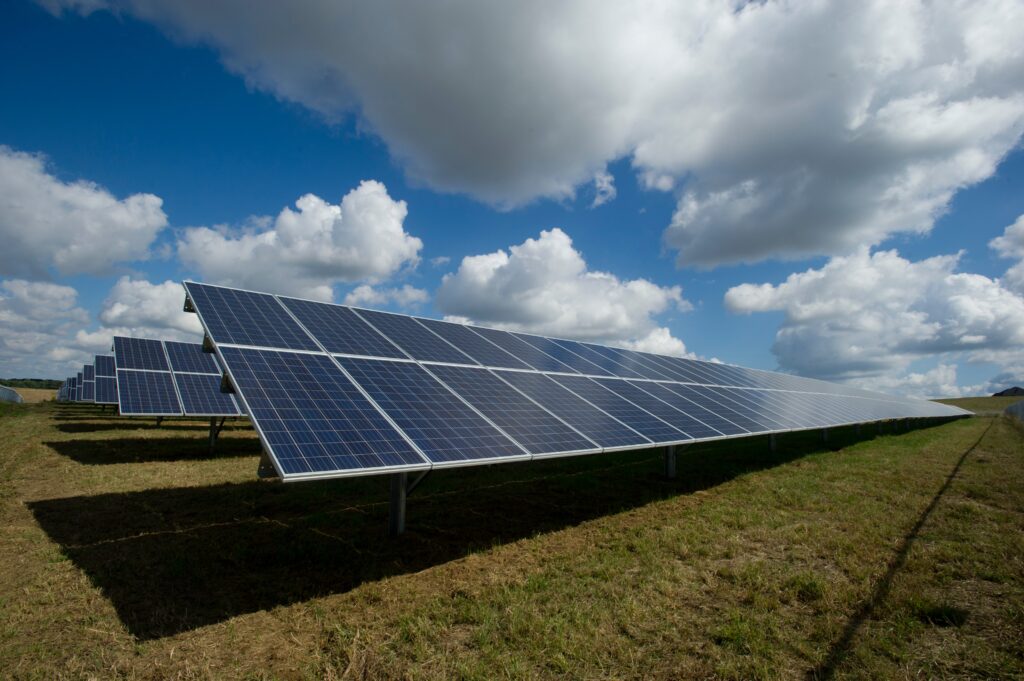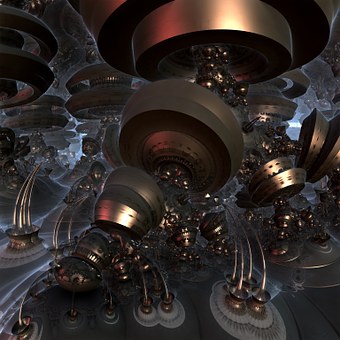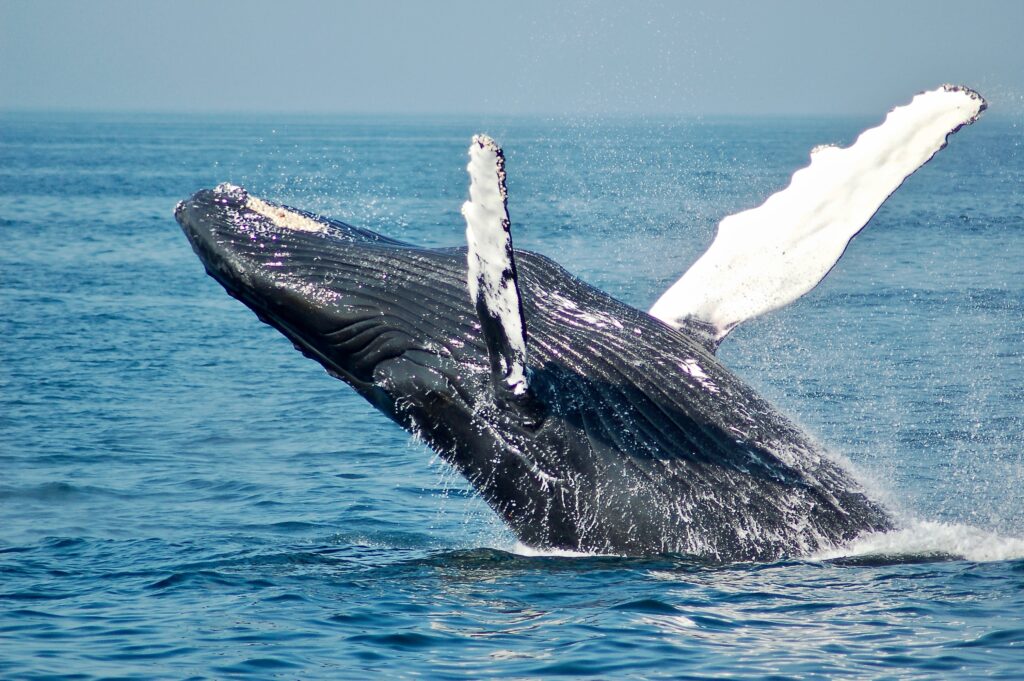
[ST Ref: PT-B1-C8_230818: ‘Planetoid Trilogy’, ‘Star Island’, Chapter Eight: “Energy Matters”.]
Why is Energy Conserved?
Our question in this blog post, ‘Why is Energy Conserved?‘, is inspired by the events in Chapter Eight, ‘Energy Matters’, of Barrie Cameron‘s novel, ‘Star Island‘.
In Chapter Eight, one of the main characters, Deric, is investigating an inexplicable event. This event is associated with some test apparatus. A part of the investigation’s effort is focused on finding the source of the energy that caused the event. Energy can’t just appear from nothing, it must come from somewhere: energy must be conserved. That is, within our Universe, it can’t be created or destroyed.

Energy
The ‘energy’ that we are referring to in this post is the capacity of a body or system to do work and the measurement of this capacity. That is, we are discussing one of the fundamental physics characteristics of our Universe.
Energy Measurement
We may measure energy when a body or system changes its energy state. Such an energy measurement is expressed as a quantity of work done to change the energy state relative to some reference.
In the SI system of units the energy state change, or work done, would be measured in joules.
Forms of Energy
Energy can be observed to exist in several forms. For example:
- kinetic energy, the energy a body has due to its motion within a frame of reference (e.g. a vehicle traveling with some velocity within a transport system):

- potential energy, the energy a body has due to its position within a gravitational field (e.g. a boulder at the top of a hill, or the water stored behind a hydro-electric dam);
- thermal energy, the energy a body has due to its stored heat as indicated by temperature relative to its environment;
- pressure energy, is confined kinetic energy of a compressed gas. It may may be measured relative to the air pressure outside of the gas container.
- These are also examples of energy within nuclear physics and quantum mechanics, including the energy of an electromagnetic energy (e.g. light).
Conservation of Energy
Conservation of Energy, in the sense used in this post, is the phenomena we observe that energy cannot be destroyed or created within our Universe, However, we can observe that energy can be transformed from one form of energy to another.
Potential Energy to Kinetic Energy
We can convert the potential energy of a body within a gravitational field into kinetic energy. For example, we can do this when we release a body, to fall from its original position to a lower position in the Earth’s gravitational field (e.g. Newton‘s famous falling apple experiment). In effect, we are allowing the Earth’s gravitational field to do work on the body.
Falling stone
The falling stone’s kinetic energy increases at the same rate that its potential energy decreases. When the falling stone is arrested by hitting the ground, its kinetic energy gained by the fall equals its potential energy lost by the fall. But when the stone hits the ground, its kinetic energy is converted to heat and vibration energy. But both the heat and the vibrations are also forms of kinetic energy, but the kinetic energy of the vibrating molecules within the fallen stone and the ground.
Whale breaching
Another example is that of a breaching whale: the whale expends stored chemical energy by propelling itself with its tail out of its natural habitat, the ocean, and into the air; its kinetic energy is converted to potential energy at the top of its breach, then back to kinetic energy as it falls back into the water, where the kinetic energy is transformed into sound, ocean wave, and water spray ‘energy‘. Sound energy is in fact the kinetic energy of vibrating air or water particles, wave energy is the energy in a traveling surface disturbance of a body of water usually caused by the wind, and the energy in the water spray is kinetic and potential energy.

Waves
The wave energy is another form of kinetic energy. But this time the kinetic energy is contained within a surface layer of the water. The water molecules in this layer rotate in a group within each wave. This rolling motion of the water molecules is observed as wave crests with troughs between. The energy contained within the molecules’ rolling motion is transferred to neighbouring molecules. So it is the wave that moves across the sea and not the molecules which remain generally in place apart from their rolling motion.
Sea swell
Sea swells are large waves that move a significant distance due to prolonged periods of wind over large areas of ocean. The sea swell moves in a direction dictated by the direction of the wind’s force. The longer and stronger the wind blows in a particular direction over the water’s surface, the larger sea swell wave becomes and the longer its wavelength will be. A sea swell can travel for hundreds of miles across an ocean from its original area of generation.
Surf
When the sea swell reaches shallow waters the rolling molecules of water in the wave come into contact with the sea floor and the wave will begin to break and form surf.

Appendix: Energy Units
Energy is measured using instruments which are calibrated to sense the energy and to record it. These instruments need to be calibrated with a standard system of units of measurement. For example the SI System of Units.